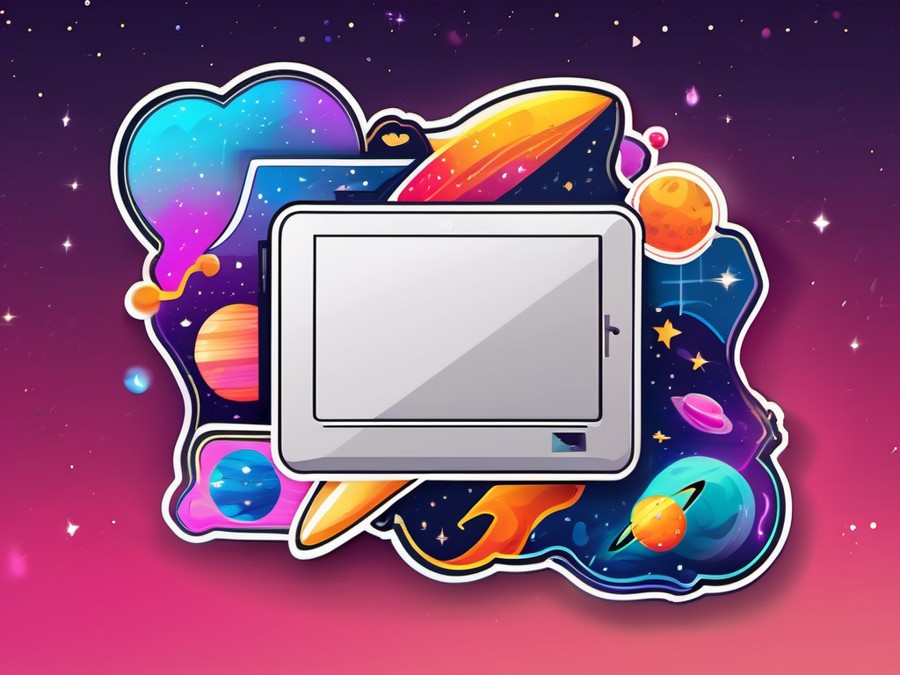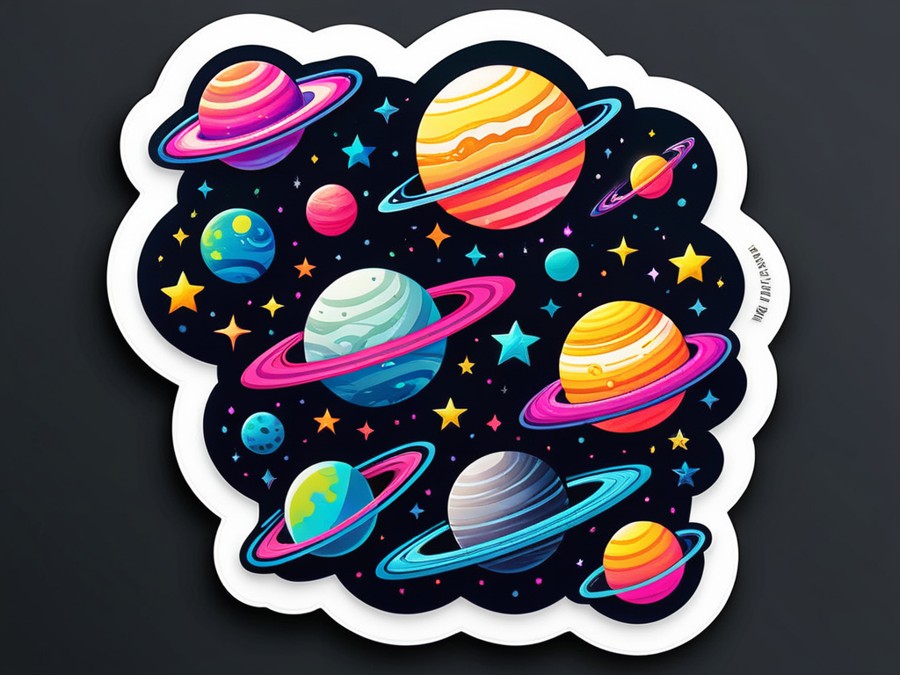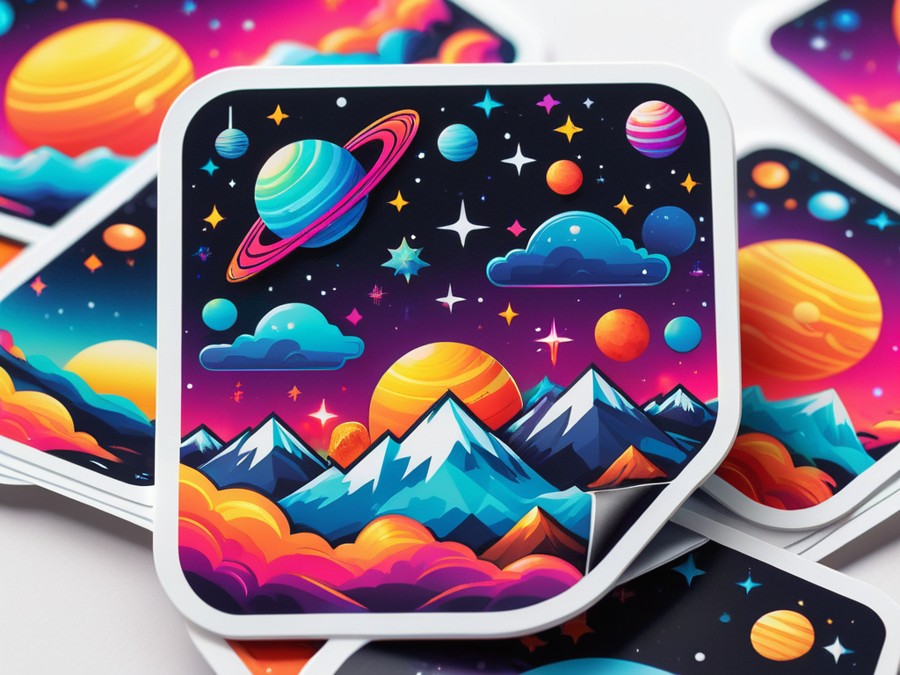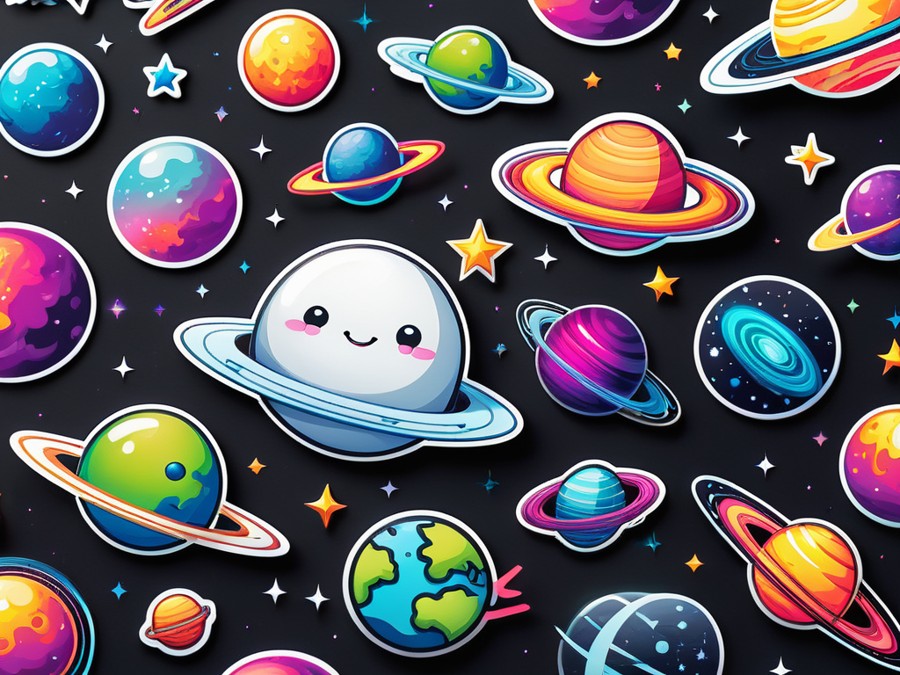· Charlotte Will · Tablets · 6 min read
What is the best tablet for kids?
Discover the best tablets for kids in 2023. Learn about key features, top recommendations, and how to choose the right tablet for your child's education and entertainment.
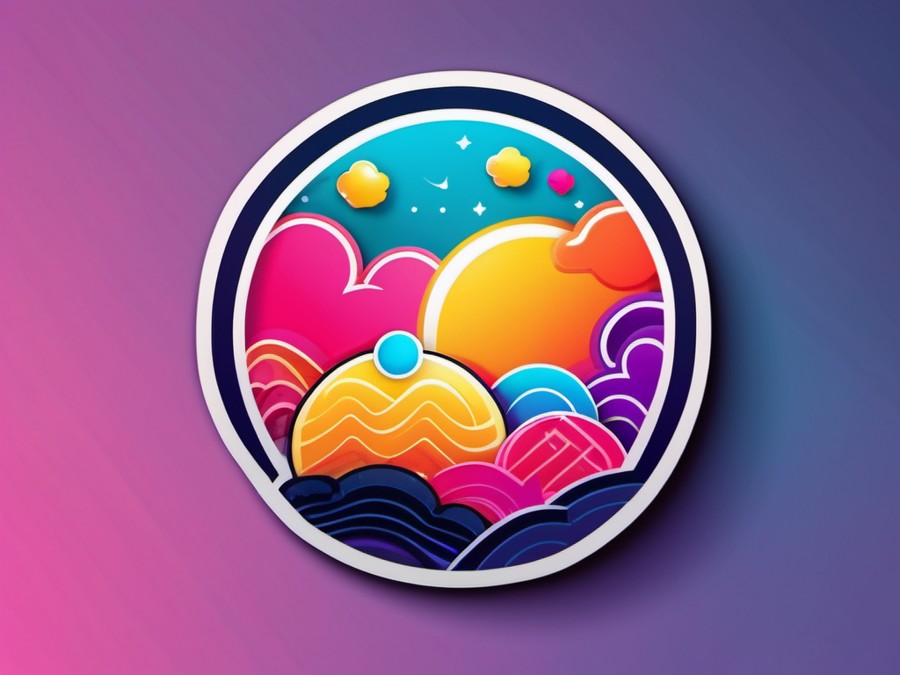
In today’s tech-driven world, tablets have become an essential tool for kids. They serve multiple purposes – from education and entertainment to interactive learning experiences. But with so many options available, choosing the best tablet for kids can be overwhelming. Let’s dive into what to consider and some top recommendations to help you make an informed decision.
Why Tablets are Essential for Kids
Tablets offer a wealth of benefits that make them invaluable for kids. For starters, they are educational tools packed with apps that teach subjects from math and science to languages and history. Games like Osmo or BrainPOP make learning fun, engaging kids in ways that textbooks simply can’t.
Moreover, tablets are fantastic entertainment hubs. During long car rides or quiet afternoons, kids can watch their favourite shows, listen to music, or play games. This keeps them occupied and happy while developing their digital literacy skills from a young age.
Lastly, tablets provide interactive learning experiences. Interactive books, puzzles, and coding apps not only educate but also enhance critical thinking and problem-solving skills. It’s like giving kids a key to a world of endless possibilities.
Understanding Tablet Features for Kids
When selecting a tablet for your child, several features should be top of mind:
Screen Size and Resolution
A larger screen might be better for older kids who will use it for watching videos or playing games. However, smaller screens are easier to handle and more portable for younger kids. The resolution should be high enough (at least 720p) to ensure clear visuals which are important for educational apps and videos.
Battery Life
Kids can be demanding on battery life, especially if they use the tablet for extended periods. Look for tablets with at least 8 hours of battery life to ensure they last through a full day of use.
Storage Capacity
Games, videos, and educational apps can take up a lot of space. Ensure the tablet has sufficient storage (at least 32GB) to accommodate all the apps and files your child might need.
Safety and Parental Controls
Safety is paramount when it comes to kids’ tablets. Robust parental controls are essential for monitoring and limiting screen time, managing app access, and blocking inappropriate content. Features like Google Family Link or Apple’s Screen Time can be incredibly helpful in this regard.
Popular Tablet Platforms
Android Tablets for Kids
Pros:
- Wide range of affordable options.
- Customizable with parental control apps like Kids Place.
Cons:
- Variety in app quality and safety.
Top Recommendations:
iPad for Children
Benefits:
- High-quality apps and educational content.
- Consistent performance and durability.
Drawbacks:
- Higher price point compared to Android tablets.
Best Options:
Key Features to Consider
Durability
Kids can be rough with their devices, so durability is a must. Look for tablets with rugged cases or those designed specifically for kids, like the Amazon Fire HD 8 Kids Edition.
Educational Apps and Games
A wealth of educational content is crucial. Ensure the tablet has access to top-rated apps for learning, such as ABCmouse or Endless Alphabet.
Top Five Tablets for Kids
Tablet 1 Review: Amazon Fire HD 8 Kids Edition
Specifications:
- Screen size: 8 inches.
- Resolution: 1280 x 800 pixels.
- Battery life: Up to 12 hours.
- Storage capacity: 32GB (expandable).
Pros:
- Durable case included.
- 1 year of Amazon Kids+ subscription.
- Affordable price point.
Cons:
- Lower resolution compared to other tablets.
Tablet 2 Review: Samsung Galaxy Tab A Kids Edition
Specifications:
- Screen size: 8 inches.
- Resolution: 1280 x 800 pixels.
- Battery life: Up to 13 hours.
- Storage capacity: 32GB (expandable).
Pros:
- Rugged case and replacement guarantee.
- Customizable parental controls with Samsung Kids.
Cons:
- Limited educational app library compared to Apple.
Tablet 3 Review: iPad Mini
Specifications:
- Screen size: 7.9 inches.
- Resolution: 2048 x 1536 pixels.
- Battery life: Up to 10 hours.
- Storage capacity: 64GB or 256GB.
Pros:
- High-quality apps and educational content.
- Durable and consistent performance.
Cons:
- Higher price point.
Tablet 4 Review: iPad
Specifications:
- Screen size: 10.2 inches.
- Resolution: 2160 x 1620 pixels.
- Battery life: Up to 10 hours.
- Storage capacity: 32GB, 128GB, or 256GB.
Pros:
- Larger screen for multimedia experiences.
- Wide range of high-quality educational apps.
Cons:
- Even higher price point than the iPad Mini.
Tablet 5 Review: Amazon Fire HD 10 Kids Edition
Specifications:
- Screen size: 10.1 inches.
- Resolution: 1920 x 1200 pixels.
- Battery life: Up to 12 hours.
- Storage capacity: 32GB (expandable).
Pros:
- Larger screen for better viewing.
- 1 year of Amazon Kids+ subscription included.
Cons:
- Bulkier and heavier than smaller tablets.
How to Choose the Right Tablet for Your Child
Age Considerations
Best Tablets for Toddlers
- Durable and easy to handle.
- Simple, engaging apps.
Top Picks for Older Kids
- Larger screens and more advanced features.
- Access to educational material suited for their age group.
Budget Considerations
Depending on your budget, you might opt for an affordable Android tablet or invest in a pricier but more durable iPad. Consider the long-term benefits and how much you are willing to spend.
Setting Up Parental Controls
Step-by-Step Guide for Android and iOS
Android
- Open the Google Play Store.
- Tap on your profile picture and select Manage accounts on this device.
- Choose the kid’s account and enable parental controls.
- Set app restrictions, content filters, and screen time limits.
iOS
- Go to Settings on the iPad.
- Select Screen Time.
- Tap on Continue if it’s your first time setting up, or skip to the next step.
- Choose This is My Child’s [Device] and follow the prompts to set up parental controls, including app restrictions and screen time limits.
Maintenance and Care Tips
- Protecting the Tablet: Use a durable case to shield the tablet from drops and scratches.
- Screen Time Management: Set clear guidelines for when and how long the tablet can be used.
- Content Monitoring: Regularly check the apps and content your child is accessing to ensure safety and appropriateness.
Frequently Asked Questions
Q1: What age is suitable for kids to start using tablets?
The appropriate age varies, but many parents introduce tablets to their kids around 3-4 years old. However, it’s essential to ensure that the content and apps are age-appropriate and monitored closely.
Q2: How much screen time is healthy for children?
The American Academy of Pediatrics recommends limiting screen time to 1 hour per day for children aged 2-5 years and encouraging healthy habits like physical activity, reading, and face-to-face interaction.
Q3: Can tablets be used for educational purposes only?
While it’s possible to set up a tablet for educational use, it’s challenging to enforce. It’s better to strike a balance between education and entertainment while monitoring usage.
Q4: What are the most recommended learning apps for kids?
Some of the top-rated educational apps include ABCmouse, Endless Alphabet, BrainPOP, and Osmo. These apps offer a range of learning experiences from reading and math to science and coding.
Q5: How can I ensure my child’s safety while using a tablet?
Using robust parental controls is crucial. Limit access to inappropriate content, monitor app usage, and set clear guidelines for screen time. Regularly check your child’s tablet to ensure they are using it safely and appropriately.
Conclusion
Choosing the best tablet for kids involves considering various factors from safety features to educational value. Whether you opt for an Android tablet or an iPad, ensuring the device is durable, has access to quality content, and includes strong parental controls is key. By following these guidelines, you can make an informed decision that benefits your child’s learning and entertainment needs.
Don’t forget to explore other tech recommendations like the best tablet for gaming or the best tablet for seniors. If you’re also looking for complementary accessories, check out our guide on the best on-ear headphones for kids.

